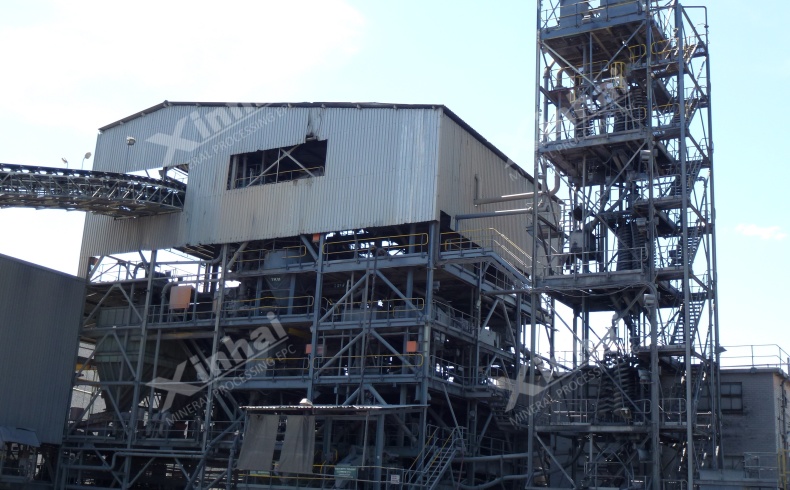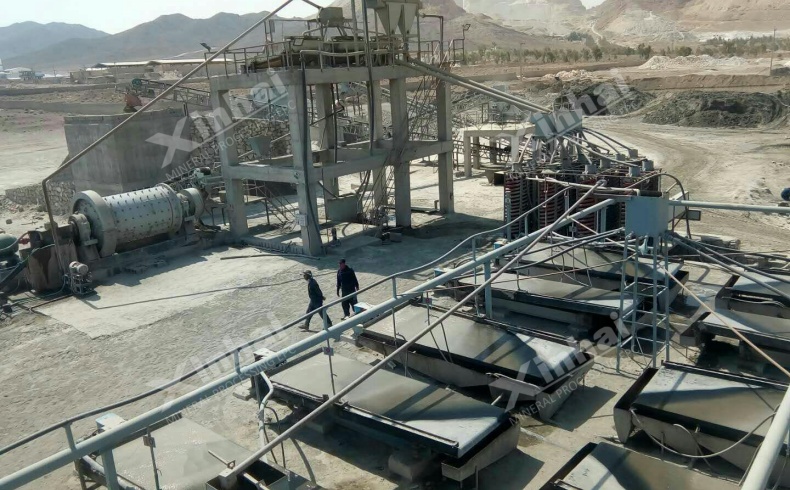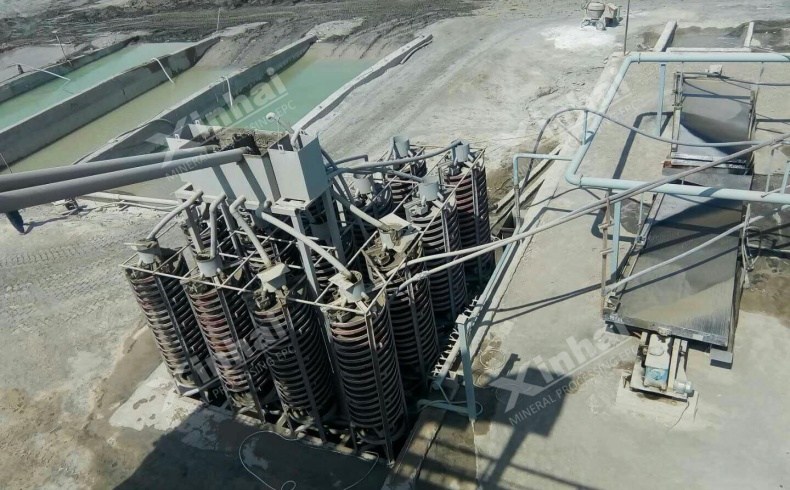If you want to know more information (such as product/process price, etc.), please contact us 24-hour telephone
India's chrome ore reserves, concentrated in Odisha and Karnataka, feed a
thriving stainless steel and refractory industry. Yet, small-scale miners
struggle with outdated methods, low recovery rates, and tightening regulations.
As a global leader in mineral processing equipment and turnkey solutions, we
empower Indian miners to overcome these challenges sustainably.
Pain Point 1: Low Recovery Rates (30-50%)
Most small Indian chrome mines rely on manual sorting and basic spiral concentrators, wasting up to 50% of Cr₂O₃ in tailings.
Science-Driven Insight:
Chrome ore liberation requires crushing to <1mm particle size for optimal recovery.
Ore variability (e.g., high iron content in Sukinda ore) demands tailored beneficiation flowsheets.
Our Solution:
AI-Powered XRT Sorting: Pre-concentrate ore at the primary stage, reducing downstream processing costs by 40%.
High-Pressure Grinding Rolls (HPGR): Achieve finer grinding with 30% lower energy use vs. ball mills.

Pain Point 2: High Operating Costs
Skyrocketing Energy and Labor Expenses
Indian chrome plants spend 35-45% of opex on electricity and manual labor.
Our Solution:
Modular Processing Plants:
Capacity: 10–100 TPH, pre-engineered for rapid deployment.
Features: Automated controls, solar-hybrid power options.
Case Study: A Karnataka miner reduced energy costs by 52% using our containerized DMS (Dense Media Separation) module.
Pain Point 3: Compliance with Environmental Laws
Water Scarcity and Tailings Management
India’s Sustainable Mining Framework 2023 mandates zero liquid discharge (ZLD) for mines.
Our Expertise:
Dry Stack Tailings Technology:
Eliminates tailing ponds.
Recovers 90% process water via filter presses and thickeners.
Effluent Treatment: Reverse osmosis (RO) systems to meet CPCB discharge standards.
1. End-to-End Turnkey Services
From ore testing to plant commissioning, we deliver:
Stage 1: Ore characterization (XRD/XRF analysis).
Stage 2: Custom flowsheet design (gravity, magnetic, or flotation routes).
Stage 3: Equipment supply and installation.
Stage 4: Operator training and maintenance support.
2. Made for India, Made in India
Local Assembly: Partner with Indian manufacturers to meet “Make in India” requirements (40% local content).
Policy Compliance: Ensure adherence to MMDR Act and EIA notifications.

1. Dense Media Separation (DMS)
How It Works: Uses a ferrosilicon slurry to separate chrome from gangue by density.
Best For: Coarse ore (+1mm) with clear liberation.
Efficiency: Up to 92% Cr₂O₃ recovery.
2. Spiral chute
How It Works: Combines gravity separation with real-time sensor feedback to adjust pitch and wash water.
Best For: Fine ore (-1mm) in low-capacity settings.
3. Combined XRT + Magnetic Separation
How It Works:
1. XRT sensors remove low-grade rocks pre-crushing.
2. High-intensity magnetic drums extract chromite from non-magnetic silicates.
Recovery Boost: 15-20% higher yield vs. conventional methods.
Proven Results in Indian Conditions
Case Study: Odisha Chrome Miner (20 TPH Plant)
Challenge: Low-grade ore (28% Cr₂O₃), high silica content.
Solution:
XRT pre-sorting + two-stage spiral concentrators.
Dry tailings system with rainwater harvesting.
Results:
Recovery increased from 48% to 82%.
ROI achieved in 14 months.

Digital Twins: Simulate plant performance before deployment.
Blockchain Traceability: Meet EU Critical Raw Materials Act requirements for ethical sourcing.
Your Next Step: From Challenges to Profits
India’s chrome sector is ripe for modernization. With our tailored technology and flexible partnerships, small miners can compete globally while meeting ESG goals. We can provide mining services with a daily processing capacity of no less than 100 tons.